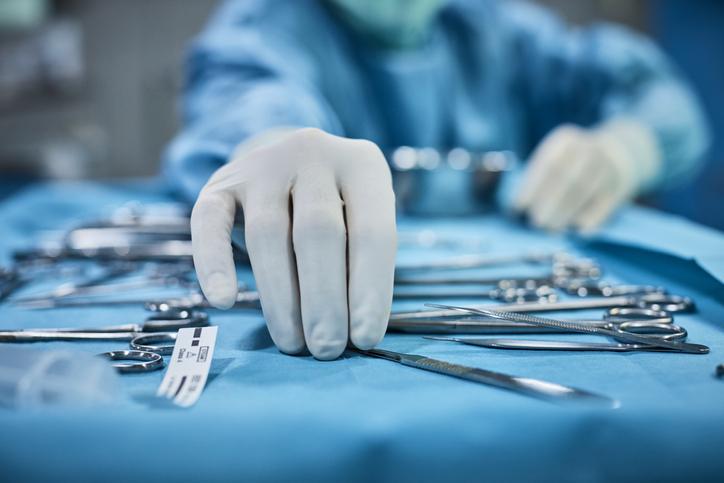Central Sterile (CS) is the foundation of surgical and procedural area programs within hospitals, ASC’s and clinical arenas. Yet CS departments struggle with staff retention and finding qualified candidates for employment. How can perioperative leaders support the foundation of their program to enhance service, ensure safe patient care and outcomes? It is essential that we understand the CS technician and their role while creating retention strategies to stabilize the department and recruiting strategies to find new staff.
The CS technician role has evolved over the years. Many long-term staff were hired and trained within the department. Many of these staff members have never been formally schooled. These staff members often fear the certification process and are intimidated by the testing process. As advances in sterile processing have evolved, certification and education requirements have also advanced as well. Currently some states require certification, which has had the effect of pushing many excellent staff out of the CS departments. These workers can be retained through providing a hands-on program to guide them through the study and testing process. While cost containment is naturally important, for some employees digitally-based distance learning is difficult, so they may need other tools to be successful. Whatever education tools are used, teaching these workers the “why” of the processes will facilitate their success. When hiring new staff who have not completed an education program, a mentorship and coaching program needs to be in place to support their learning. Guiding the staff through each phase of CS with the support of resources will help yield successful, long-term employees.
Other retention processes are key for retaining staff. A manager must recognize and reward their progress. Opportunities to improve skills and earn higher wages is a strong motivator, so develop a tiered CS role program using carefully designed job descriptions. For example, begin with an entry-level role such as “CS Specialist,” and then build up other roles from there: Certified Technician, Lead, Educator, and so on, through Manager. Establish annual goals to drive their interest in advancement. Empower them to improve processes and share the results with the team. Celebrate the successes of the staff and recognize their accomplishments, as this is an essential component of team building.
Look for opportunities for staff to participate in clinical site collaborative processes. Welcome them to be a participant in infection control, quality, OR and other procedural area meetings. Their ideas and ability to offer perspectives will help everyone while giving them much-needed visibility outside the CS department. Create opportunities for staff to present to their peers. Include staff in department education programs. Establish peer presentations on AAMI standards and best practices. This enhances their knowledge and creates a team culture of knowledge sharing.
Recruiting qualified CS technicians is difficult. There are few career programs offering this specialty. Seek out your local school leaders to encourage them to develop programs. Do your homework and learn about CS programs that already exist in your community. Perhaps consider volunteering to be a clinic site for student internships. This is a great way to find your next employee, should they prove to an excellent intern. For those areas that cannot draw qualified candidates, you need to look within your site to develop an education program. Partner with human resources to host a job fair to find candidates who are interested in CS.
To get retention and recruitment programs mobilized, CS leaders may need to have discussions with others throughout the surgical services department to educate people on the importance of having excellent CS staff and on how CS is essential to safe patient care. The problems of training and entry-level wages can be overcome with a vibrant retention program. CS staff will feel valued and grow as they work with others across the surgical services department in knowledge sharing and in daily planning huddles. The benefits to the entire provider organization include both better patient outcomes and more profitable surgical departments. Providers who do not have excellent CS recruiting and retention programs in place need to begin now. Your patients and administrative boards will thank you!
If you have questions on CS retention and recruitment, our team of certified CSP professionals can help you develop strategies to help with your retention and recruitment issues. Contact us today.



